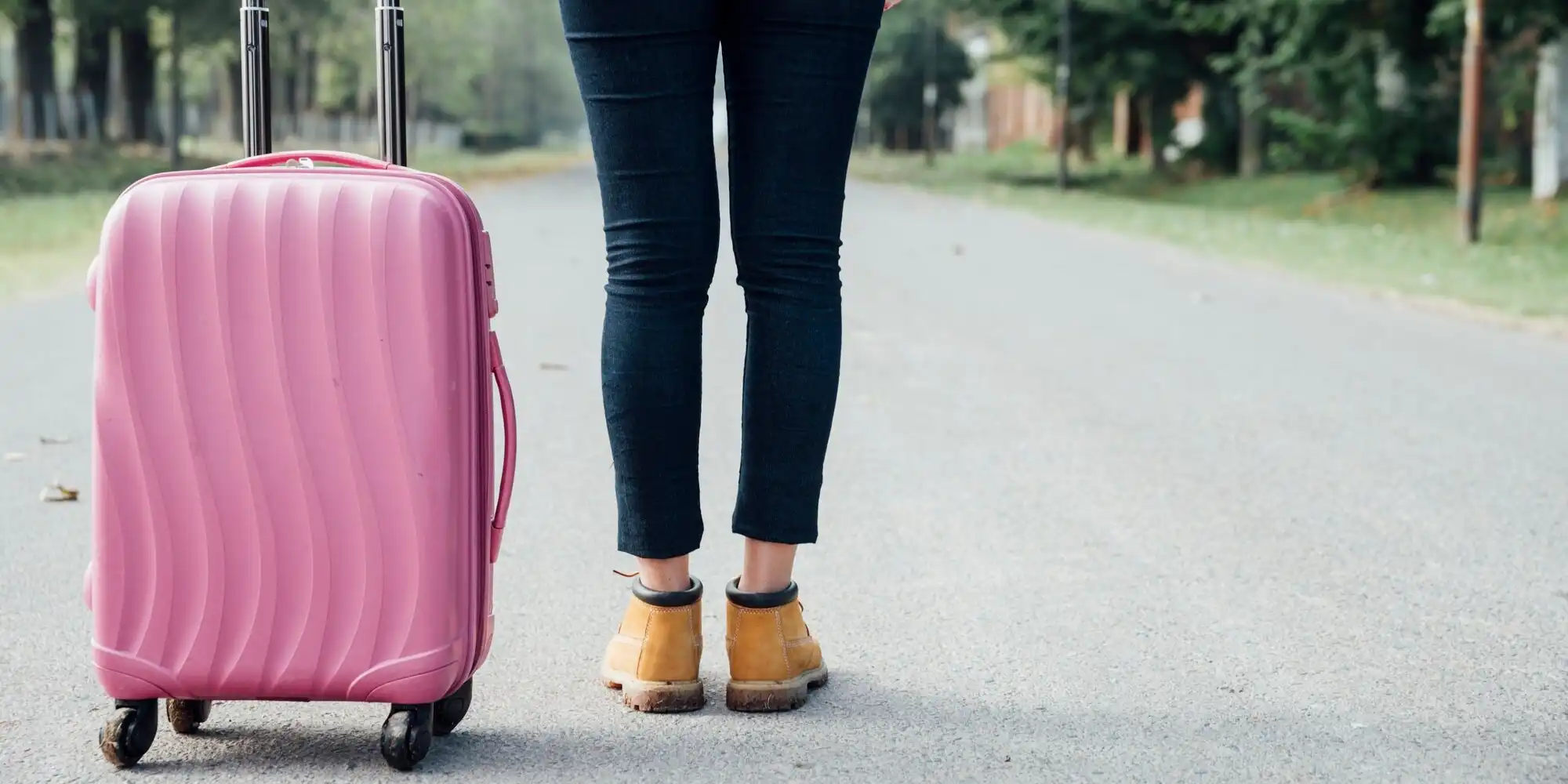In recent years, sustainability has become a critical consideration for industries across the globe. From fashion to manufacturing, companies are seeking eco-friendly alternatives to reduce their environmental footprint. One such industry making strides towards sustainability is luggage bag manufacturing, with the adoption of EVA foam as a viable alternative material. In this article, we delve into the eco-friendly aspects of using EVA foam in luggage bag production, highlighting its recyclability and reduced environmental impact. Additionally, we’ll explore sustainability initiatives and certifications related to EVA foam usage.
Understanding EVA Foam
Ethylene-vinyl acetate (EVA) foam is a versatile material known for its durability, flexibility, and lightweight properties. It is commonly used in various industries, including footwear, sports equipment, and packaging. EVA foam is created by blending ethylene and vinyl acetate copolymers, resulting in a soft yet resilient material that can be molded into various shapes and sizes.
Recyclability of EVA Foam
One of the key advantages of EVA foam is its recyclability. Unlike traditional plastics, which often end up in landfills, EVA foam can be recycled and reused in the manufacturing process. This significantly reduces the environmental impact associated with waste disposal and helps conserve natural resources.
Moreover, advancements in recycling technologies have made it easier to process EVA foam waste into new products or materials. Manufacturers can now collect scrap EVA foam from production processes and convert it into reusable pellets or sheets, minimizing waste and promoting a circular economy.
Reduced Environmental Impact
Compared to other materials used in luggage bag manufacturing, such as PVC or PU leather, EVA foam offers a more sustainable alternative. PVC (polyvinyl chloride) is notorious for its harmful environmental effects, including the release of toxic chemicals during production and disposal. PU (polyurethane) leather, while less harmful than PVC, still involves the use of fossil fuels and harsh chemicals in its manufacturing process.
In contrast, EVA foam boasts a lower environmental footprint due to its composition and production methods. The use of ethylene and vinyl acetate, both derived from renewable sources, reduces dependence on fossil fuels. Additionally, the manufacturing process for EVA foam consumes less energy and emits fewer greenhouse gases compared to traditional plastics.
Sustainability Initiatives and Certifications
As consumer awareness regarding sustainability grows, many companies are taking proactive measures to incorporate eco-friendly materials into their products. In the luggage bag industry, several sustainability initiatives and certifications focus on promoting responsible manufacturing practices and environmental stewardship.
Bluesign Certification
Bluesign is a certification system that ensures the responsible use of resources, reduced environmental impact, and safe working conditions in textile production. Companies that obtain Bluesign certification adhere to strict criteria regarding the use of chemicals, energy efficiency, and waste management. By choosing luggage bags made with Bluesign-certified materials, consumers can trust that the products meet high environmental standards.
Cradle to Cradle Certification
Cradle to Cradle (C2C) certification evaluates products based on their environmental and social performance throughout their entire lifecycle. It assesses factors such as material health, recyclability, renewable energy use, and social responsibility. Luggage bag manufacturers striving for C2C certification prioritize the use of sustainable materials like EVA foam and implement environmentally conscious practices in their production processes.
In conclusion, the adoption of EVA foam in luggage bag manufacturing represents a significant step towards sustainability in the fashion and accessories industry. Its recyclability, reduced environmental impact, and compatibility with sustainability initiatives and certifications make it an attractive choice for eco-conscious consumers and businesses alike. By embracing innovative materials like EVA foam, manufacturers can contribute to a greener future while meeting the growing demand for sustainable products in the market.
FAQ
Q: Is EVA foam recyclable?
A: Yes, EVA foam is recyclable. Its properties allow for easy recycling and reuse, making it an eco-friendly choice for various industries, including luggage bag manufacturing.
Q: How does using EVA foam reduce environmental impact?
A: Compared to traditional plastics like PVC and PU leather, EVA foam boasts a lower environmental footprint due to its composition and production methods. It is derived from renewable sources and consumes less energy during manufacturing.
Q: What sustainability certifications are associated with EVA foam?
A: EVA foam can be certified by organizations such as Bluesign and Cradle to Cradle, which evaluate its environmental performance and adherence to responsible manufacturing practices.
